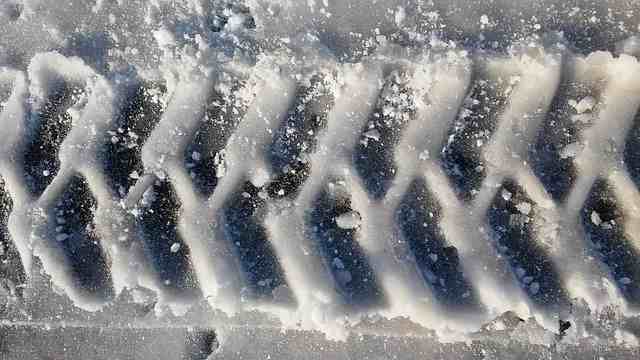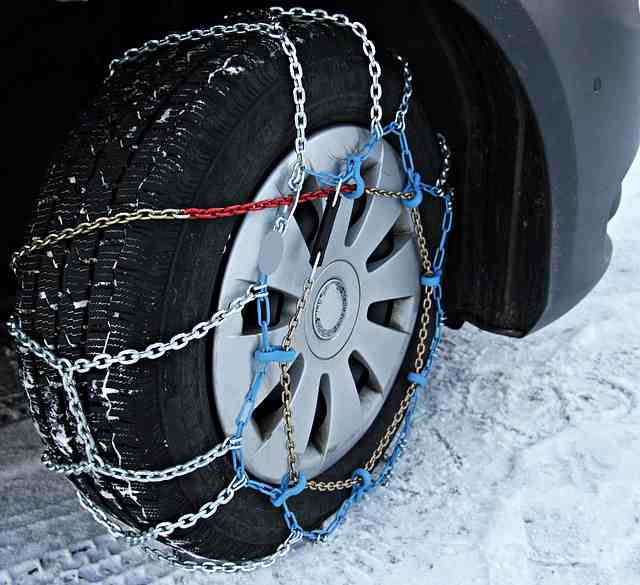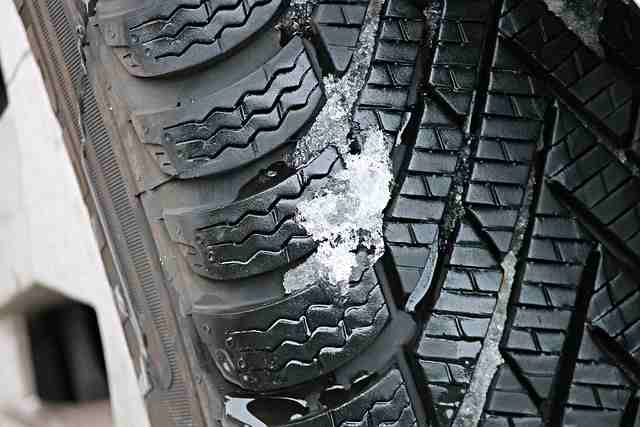Selecting the right tires is important for ensuring safety and overall performance on the road, especially in challenging iciness conditions. Snow tires, in particular, designed for bloodless and snowy environments, play an essential role in enhancing traction and decreasing the danger of accidents. In this article, we’re going to explore a way to decide if a tire is a snow tire, overlaying key characteristics, visual inspections, and sensible guidelines for figuring out them.
In This Article
Traits of Tires

While assessing whether a tire is appropriate for iciness situations, numerous traits come into play. The tread sample and intensity are essential, imparting the necessary grip on snow and ice. Additionally, the rubber compound utilized in tires is engineered to remain bendy in colder temperatures, making sure gold-standard performance.
Shipping, the small grooves at the tire floor, complements traction with the aid of growing extra biting edges. One of the most recognizable features is the three-height mountain snowflake image, indicating that the tire meets unique snow traction performance requirements.
Visible Inspection
Carrying out a visual inspection is step one in identifying snow tires. Have a look at the tread design, searching out styles designed to excel in snow and icy conditions. Sidewall markings regularly encompass signs of the tire’s motive, with terms like “wintry weather” or “snow.”
Take a look at the date of manufacture stamped on the tire. At the same time as now not a direct indicator of a snow tire, it gives statistics on the tire’s age, influencing its normal overall performance.
Measuring Tread intensity
Ok, tread intensity is important for effective traction on snow-covered roads. Measure the tread intensity with the use of a tread intensity gauge or carry out the penny and take a look. If you can see the top of Lincoln’s head on a penny while inserted into the tread, it’s time to recollect changing the tire.
Tread put on indicators

Many cutting-edge tires include tread put-on signs—small bars constructed into the tread grooves. When the tread wears down to the extent of these bars, it’s a clear sign that the tire desires an alternative. Frequently take a look at these signs to make certain your tires are nonetheless secure for wintry weather riding.
All-Season vs. Snow Tires
Expertise in the variations between all-season and snow tires is important. Even as all-season tires provide versatility, snow tires are specially engineered to excel in wintry weather situations. The benefits of snow tires encompass improved traction on snow and ice, efficient braking, and more advantageous maneuverability.
Dealing with and overall performance
Snow tires extensively affect an automobile’s handling and performance in wintry weather climates. The progressed traction on snow and ice surfaces enhances safety, while the braking performance is important for avoiding accidents. The expanded maneuverability in addition contributes to a smoother riding experience.
Professional assessment
For a complete evaluation of your tires, don’t forget to consult a tire expert. They can provide insights into the situation of your tires, advise suitable protection, and talk about the benefits of tire rotation.
Online assets and critiques
Make use of online resources and purchaser opinions to collect statistics on precise tire brands and fashions. Gaining knowledge from the experiences of other drivers permits you to make informed decisions while choosing snow tires for your vehicle.
Common Misconceptions
Avoid common misconceptions, along with assuming all iciness tires are equal. Every tire logo and model may additionally have precise features, so it’s crucial to research and pick the one that quality suits your wishes. Neglecting tire preservation is another misconception—ordinary tests are vital for optimal performance.
Value concerns
Whilst the initial cost of snow tires may seem better than all-season options, don’t forget the long-term period savings and protection benefits. Investing in pleasant snow tires can pay off in stepped-forward performance and decreased dangers on winter roads.
Regulatory Compliance
Be aware of nearby policies regarding the use of snow tires. A few areas may additionally have particular necessities for winter driving, and compliance ensures each protection and legal adherence.
Environmental impact
Bear in mind the environmental effect of your tire alternatives. Discover recycling and disposal options for old tires and select sustainable tire fashions to minimize your ecological footprint.
In conclusion, identifying snow tires involves a mixture of visible inspections, knowledge of key characteristics, and ordinary preservation. Prioritize protection by way of selecting the right tires for iciness situations, and recollect to conduct regular assessments to ensure ultimate performance.

FAQs
1. How frequently must I check my tire tread depth? Frequently take a look at your tire tread intensity as a minimum as soon as a month, particularly in the course of the iciness months.
2. Am I able to use snow tires year-spherical? It is not encouraged to use snow tires year-spherical, as their particular design is tailored for wintry weather conditions.
3. What are the prison necessities for snow tires? Prison requirements range via location, so take a look at neighborhood regulations to ensure compliance with snow tire utilization.
4. Are there specific manufacturers known for the best snow tires? Several brands are renowned for their excellent snow tires, which include Michelin, Bridgestone, and Goodyear. Research customer evaluations for precise models.
5. How do I understand when it’s time to replace my snow tires? Monitor the tread put on signs and often measure the tread intensity. If they fall below the recommended stages, it’s time for an alternative.
Must read : How to do Skiing? A Comprehensive Guide.



